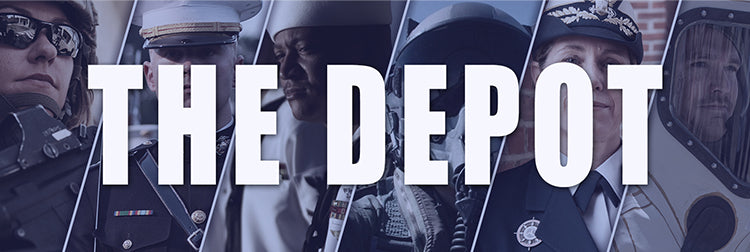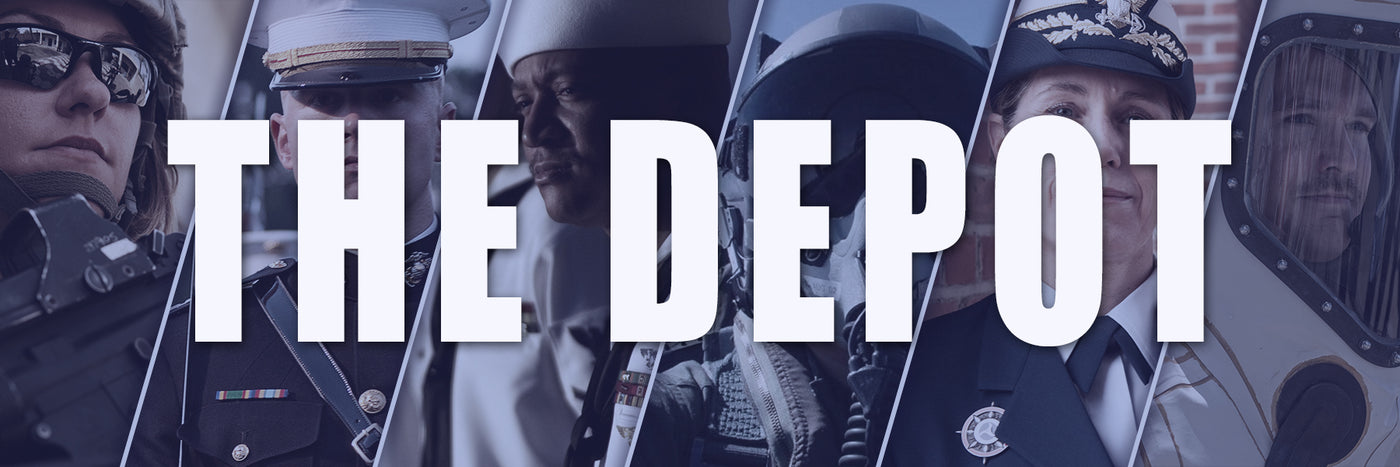
Military Operations: 5 Weirdest Names in History
Ever wonder whose job it is to name military operations? Who was responsible for naming those kick-ass operations like Operation Urgent Fury, Operation Overlord, Operation Desert Storm? Back in the...
Blog Staff |

